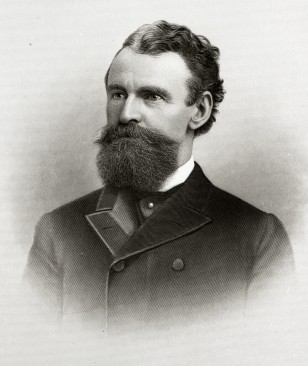
The Origins of Halloween
Halloween or All Hallows Eve, as it is sometimes referred to, is a lot different now than it may have been celebrated many centuries ago. With October 31st coming around the corner, I thought it would be interesting to find out what the origins of Halloween were.Earliest TracePeter Tokofsky, an assistant professor in the department of folklore and mythology in UCLA states, "The earliest trace (of Halloween) is the Celtic festival, Samhain, which was the Celtic New Year. It was the day of the dead, and they believed the souls of the deceased would be available" .SamhainSamhain (pronounced sah-win or sow-in) means "summer's end" by the Celts. In old Germanic and Celtic societies, what we call equinoxes and solstices marked the middles of the season, not the beginnings." Therefore if there exist an autumnal equinox, winter solstice, spring equinox and a summer solstice, there are also the beginning of autumn, winter, spring and summer. All of these eight dates were important. Summer's end which meant the beginning of winter was an important time for people who survived on plants grown in the field and animals that were kept in pastures. "This day marked the end of summer and the harvest and the beginning of the dark, cold winter, a time of year that was often associated with human death" It is most likely this reason that the Druids (Celtic pagans) believed that the spirits of those who died the preceding year roamed the earth the night of SamhainDescriptionsThe Druids celebrated this holiday "with a great fire festival to encourage the dimming Sun not to vanish" and people "danced round bonfires to keep evil sprits away, but left their doors open in hopes that the kind spirits of loved ones might join them around their hearths". On this night, "divination was thought to be more effective than any other time, so methods were derived to ascertain who might marry, what great person might be born, who might rise to prominence, or who might die" Also during the celebration, the Celts "wore costumes, typically consisting of animal heads and skins, and attempted to tell each other's fortunes". Crops were burned and animals were sacrificed History Channel Exhibits.. The spirits were believed to be either "entertained by the living", or to "find a body to possess for the incoming year". This all gives reasons as to why "dressing up like witches, ghosts and goblins, villagers could avoid being possessed."Roman InfluenceBy 43 AD, "Romans had conquered the majority of Celtic territory." For the 400 years they occupied Celtic lands, two Roman festivals: Feralia (the commemoration of the passing of the dead) and a day to honor Pomona (the Roman goddess of fruits and trees). The apple served as a symbol for Pomona and which might have been incorporated into Samhain by the practice of "bobbing for apples"Christian InfluenceWhen "local people converted to Christianity during the early Middle Ages, the Roman Catholic Church often incorporated modified versions of older religious traditions in order to win converts." Pope Gregory IV wanted to substitute Samhain with All Saints' Day in 835, but All Souls' Day (Nov. 2nd) which is closer in resemblance to Samhain and Halloween today, was "first instituted at a French monastery in 998 and quickly spread throughout Europe" In the 16th century, "Christian village children celebrated the vigil of All Saints' by doing the Danse Macabre. The Seven Brethren whose grizzly death is described in the seventh chapter of the deuterocanonical book of Second Macabees" is also said to have resulted in children dressing up in grizzly costumes to signify these deaths.Modern HalloweenHalloween came to the United States when European immigrants "brought their varied Halloween customs with them". In the second half of the nineteenth century, America was flooded with new immigrants including the Irish fleeing from the potato famine in Ireland in 1846. By combining Irish and English traditions, Americans began the "trick-or-treat" tradition. In the later 1800's the holiday became more centered on community and in the 1920's and 1930's, Halloween became "a secular, but community-centered holiday". In the 1950's leaders changed Halloween as a holiday aimed at the young to limit vandalism. This all led to what Halloween actually is like today. |







